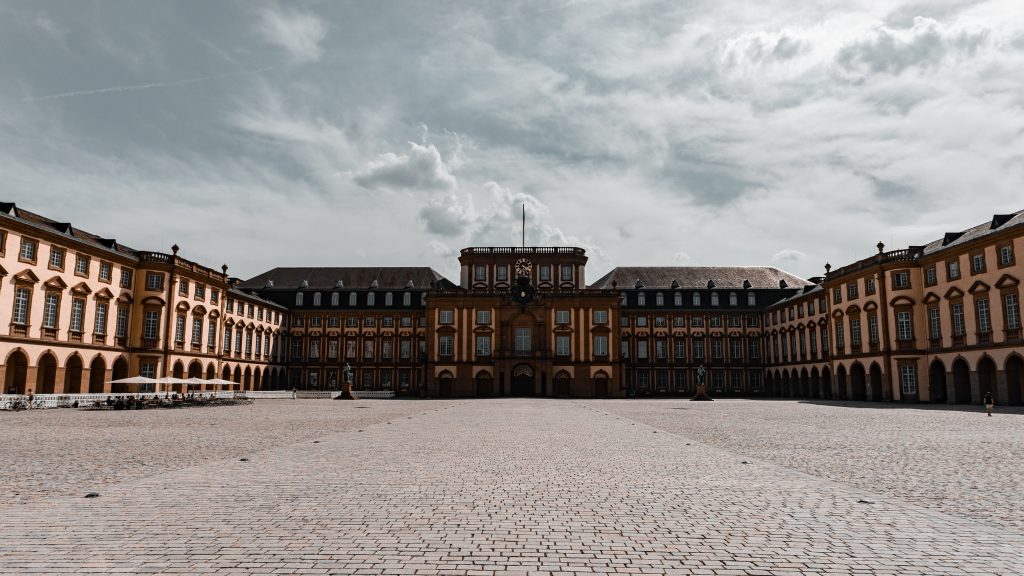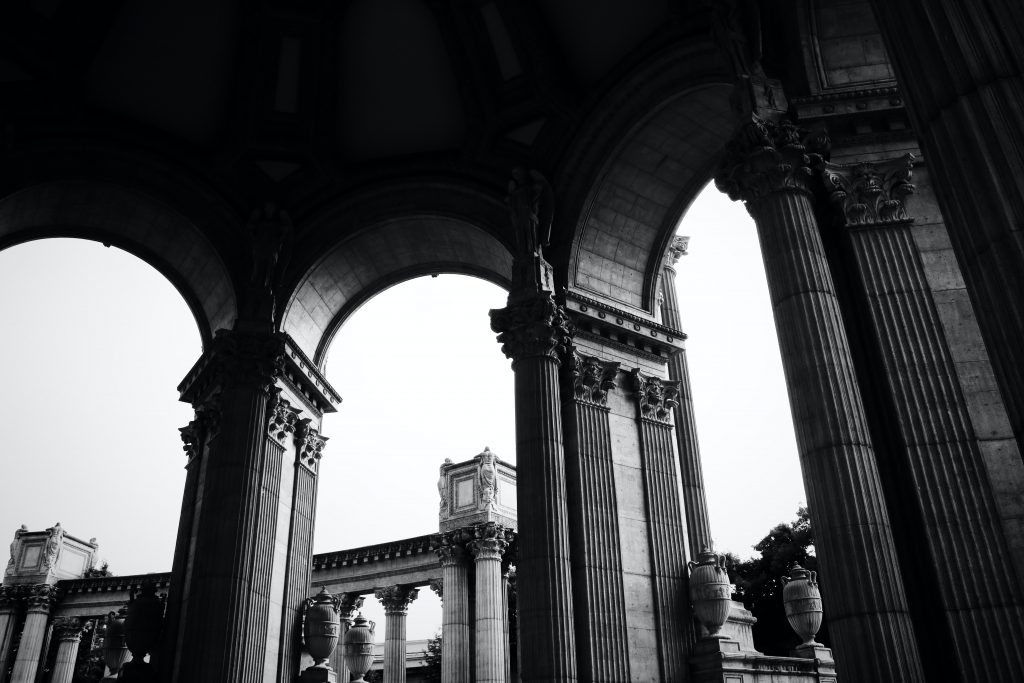The Renaissance and Baroque were the cultural heyday of Western Europe. They arose against the background of fundamental changes in public relations. Although both eras glorified the beautiful and brought a lot of new things to the culture’s development. The architecture and art left a weightier mark in history. Therefore, the question of how the Baroque style differs from the Renaissance style always was on point.
Renaissance and baroque – origin and similarities
The Renaissance (from Italian: “revival”) as a style arose in Italy at the beginning of the 14th century and lasted until the end of the XVI century. It replaced the culture of the Middle Ages and preceded the Enlightenment and the New Age.
There is a great interest in the famous ancient architecture, which leads to its reconstruction. Culture in the Renaissance period was secular, clearly showed interest in a man. During the Renaissance, the foundations of a humanistic worldview were laid, respect, and personal freedom. Renaissance art was reflected in science, literature, and painting.
The Baroque style arose as an alternative to the classicism and rationalism inherent in the renaissance architecture. Although Italy was plundered by foreigners and exhausted by internal strife, it remained the center of European culture. The new style was designed to show the wealth and luxury of the nobility with the help of painting techniques, thereby creating the illusion of power.
The emergence of baroque in the Renaissance begins with a gradual departure from antiquity. The worship of ancient art gradually shifted to respect for traditions. The style was based on the denial of the elements of antiquity and Gothic.
Shapelessness, excess, and curved space have become fashionable in architecture. Abuse of decor led to congestion of the facades, which created the impression of gravity and visually put pressure on the audience.
There is no unity in the description of the man. From titanium, located in the center of the world during the Renaissance, it becomes a small particle of the universe. The perfect creation goes on to impulsive and passionate, trying to find its place in society. This is reflected in painting, artistic movement, and sculpture. The image of a man is lively and full of emotions. An example is the Orpheus sculpture by Antonio Canova.
In the baroque art, grotesque and sarcasm are visible, the gloom of the compositions is traced. They depict torture of the Inquisition, robberies of bandits, wounded soldiers, and destruction.
A striking example is the picture of Giovanni Panini “Ruins with a scene of the sermon of the Apostle Paul.” Blurred and elongated forms predominate on the canvases, which level the sincerity of spiritual impulses. In all areas of art, the commitment of the Catholic Church and its ideas shines through.
Renaissance and baroque – polar styles. They formed space using different methods, using different approaches to decoration and design.

How baroque differs from the renaissance
The Renaissance’s cradle was Italy. With all the contradictory diversity and richness of the origins of Renaissance art, it is a phenomenon marked by a profound and fundamental novelty.
The era, which is called Baroque, is most likely to be compared to the period of apogee of maturity with the inherent uncertainty in choosing a path, as well as passion and a certain contradictoriness of man. Emotional expressiveness, scale, and richness of movement, the complexity of compositional decisions – all this was intended to create a special spiritual mood in the viewer. The name of the Baroque style appeared much later and does not at all reflect its deep meaning.
Throughout the history of culture, several eras have been replaced, depending on this, people and their outlook on life have also changed. And thus, a person is formed, and in the future, the culture of people of a particular era. But even the same era in different countries went differently, each had its own path.
There is no sharp border between the two styles. The gradual transformation of the Renaissance into a light baroque began in Rome, moved to the northern part of Italy, and further to medieval Europe.
Renaissance architect Bramante began work on the construction of St. Peter’s Basilica using details inherent in Baroque. Michelangelo continued these endeavors. In the works of Raphael and Bernini, belonging to the Renaissance art, forms of a new style are gradually emerging.
Differences between eras are visible in everything:
- in worldview;
- in science;
- in art;
- in architecture;
- in painting;
- in music.
The humanistic worldview grows into asceticism, and self-knowledge and self-development – into the idea of a sleeping god, who rests after the creation of the world, and he does not care about what is happening on earth.

Conclusion
Baroque departs from traditions and authorities, considering them superstitions and prejudices. There is no doubt only that which is tangible, clearly thought, and can be expressed mathematically.
The rectangularity and proportionality of the Renaissance are replaced by smooth and rounded forms of Baroque art. The curvature of the plane and the repeated repetition of compositions are inherent in architectural objects. With the help of the play of light, visual illusions are created that do not completely cover the structure and focus on one artistic detail.
All this is reflected in the religious worldview of a person, development, and education. There are spiritual and socio-political movements. A man is in search of truth, he is ennobled and thanks to this he brings new things to the development of style.

